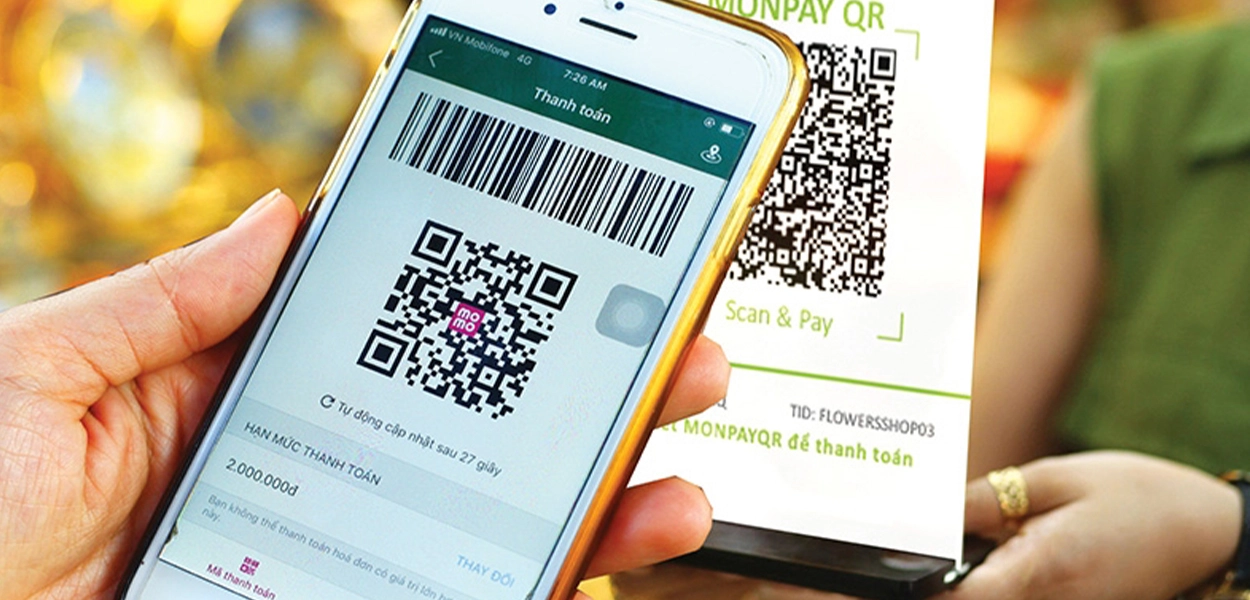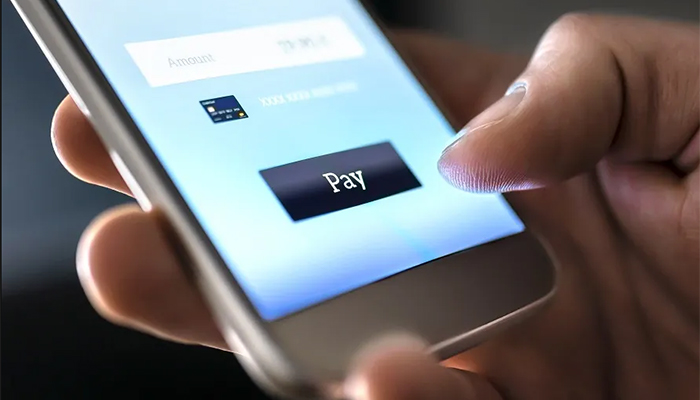The Ultimate Guide to Digital Wallet App Development in 2023–2024
The Ultimate Guide to Digital Wallet App Development in 2023–2024
june 04, 2023 12:35PM
The Ultimate Guide to Digital Wallet App Development in 2023–2024
june 04, 2023 12:35PM

In the rapidly evolving digital landscape, digital wallets have become increasingly prevalent, transforming how people manage their finances and make transactions. A digital wallet, or an e-wallet or mobile wallet, is a software application that allows users to store, manage, and transact their money digitally. As we enter 2023 and beyond, the demand for secure and feature-rich digital wallet apps is expected to surge.
This comprehensive guide delves into the essentials of digital wallet app development, exploring the key features, technologies, security measures, and trends developers and businesses need to consider to create a successful and user-friendly digital wallet app in 2023–2024.
Digital wallets are electronic devices or software applications that securely store users' payment information, such as credit or debit card details, bank account information, or digital currency. These applications enable users to make transactions, pay bills, transfer money, and even digitally store loyalty cards and coupons. Digital wallets eliminate the need for carrying physical cash and cards, making transactions more convenient and efficient.
Mobile wallets are popular for digital transactions due to their convenience and accessibility. Within the realm of mobile wallets, different types of applications cater to specific user needs. Here are the main types of mobile wallet applications:
Closed Wallets:These are mobile wallet applications restricted to a specific merchant or service provider. Users can load money into the closed wallet and use it to make purchases or avail services exclusively within the merchant's ecosystem. These wallets often offer discounts, loyalty rewards, and promotions to encourage users to stay within the closed loop. Examples of closed wallets include Starbucks' mobile app and Amazon Pay.
Open Wallets:Open wallets are mobile wallet applications that offer more flexibility and interoperability. Users can link multiple payment methods, such as credit or debit cards and bank accounts, to the open wallet and use it for a wide range of transactions, including both online and offline purchases. Open wallets are accepted at various merchants and are not tied to a specific brand or ecosystem. Examples of open wallets include Google Pay and Samsung Pay.
Semi-Closed Wallets:Semi-closed wallets strike a balance between closed and open wallets. They allow users to load money into the wallet and use it for transactions within the wallet provider's network of merchants. However, unlike closed wallets, semi-closed wallets may also enable users to withdraw cash or transfer funds to other wallet users. These wallets are widely used for peer-to-peer payments and online purchases. Examples of semi-closed wallets include Paytm and PhonePe.
NFC-Based Wallets:NFC (Near Field Communication)-based wallets utilise NFC technology to enable contactless payments. These wallets allow users to transact by tapping their smartphones or smartwatches on NFC-enabled payment terminals. NFC-based wallets are widely used for in-store purchases, public transportation fares, and other proximity-based transactions. Examples of NFC-based wallets include Apple Pay and Google Pay.
Cryptocurrency Wallets: Cryptocurrency wallets are mobile applications specifically designed for storing and managing digital currencies, such as Bitcoin, Ethereum, and Litecoin. These wallets provide users with a secure and convenient way to access their cryptocurrencies and conduct blockchain transactions. Cryptocurrency wallets come in various forms, including software wallets and hardware wallets. Examples of cryptocurrency wallets include Coinbase and Trust Wallet.
Thorough market research is crucial before embarking on the digital wallet app development journey. Analyse the current market trends, customer preferences, and competitors' offerings. Identifying the target audience and understanding their pain points will help tailor the app's features to meet specific user needs.
To create a compelling and functional digital wallet app, consider incorporating the following key features:
User Registration and KYC: Seamless user onboarding and Know Your Customer (KYC) verification to ensure regulatory compliance and enhance security.
Multiple Payment Methods:Support various payment methods, such as credit or debit cards, bank transfers, and digital currencies, to cater to diverse user preferences.
In-App Balance Management:Allow users to load money into the app's virtual wallet and manage their balances efficiently.
Peer-to-Peer (P2P) Payments:Facilitate easy money transfers between users through secure P2P payment functionality.
QR Code Scanning:Integrate QR code scanning to enable quick, contactless payments at supported merchant outlets.
Loyalty Programmes and Coupons: Incorporate loyalty programmes, discounts, and coupon management features to enhance user engagement and retention.
Bill Payments and Recharge: Users can pay bills and recharge their mobile phones directly through the app.
Security Measures: Implement robust security measures, such as two-factor authentication (2FA), encryption, and biometric authentication, to protect users' financial data and transactions.
Transaction History and Notifications: Offer real-time transaction history and push notifications to keep users updated about their financial activities.
Multi-platform Support: Develop the app to be compatible with multiple platforms, including iOS, Android, and the web, to reach a broader audience.
Choose the Right Technology stack:
Selecting the appropriate technology stack is crucial for the smooth functioning and scalability of the digital wallet app. Consider the development platform, programming languages, databases, and frameworks that align with the app's requirements and future expansion plans.
An intuitive and visually appealing UX/UI design is vital for enhancing user satisfaction and retention. Prioritise a simple, user-friendly interface, ensuring smooth navigation and easy access to essential features.
A digital wallet app development company handles sensitive financial information, which makes data security and regulatory compliance top priorities. Ensure compliance with relevant financial regulations and industry standards and implement robust security measures to safeguard users' data and transactions.
Thorough testing and quality assurance processes are essential to identifying and resolving any bugs or glitches in the app. Conduct comprehensive testing, including functional testing, security testing, and performance testing, to ensure a seamless user experience.

The digital wallet app development landscape is constantly evolving, driven by technological advancements and changing consumer preferences. Here are some key trends to watch out for in 2023–2024:
Integration of Blockchain Technology:Blockchain technology offers enhanced security, transparency, and decentralisation. Integrating blockchain into digital wallet apps can further improve data security and enable secure cross-border transactions.
Contactless Payments and Near Field Communication (NFC): With the increasing popularity of contactless payments, NFC technology will significantly facilitate quick and seamless transactions, especially in physical stores and public transportation.
Biometric Authentication: Biometric authentication methods, such as fingerprint and facial recognition, will become more prevalent as they offer a convenient and secure way for users to access their digital wallets.
Integration of Decentralised Finance (DeFi) Services: Digital wallets may integrate DeFi protocols, allowing users to access decentralised lending, borrowing, and yield farming services directly from their wallets.
Inclusion of Artificial Intelligence (AI) and Machine Learning (ML): AI and ML algorithms can be leveraged to provide personalised recommendations, fraud detection, and improved customer support within digital wallet apps.
As we progress into 2023 and beyond, digital wallets will continue to reshape how we handle financial transactions. The ultimate guide to digital wallet app development in 2023–2024 emphasises the key considerations, essential features, technology stack, security measures, and emerging trends that developers and businesses must consider to create successful and user-friendly digital wallet apps.
By keeping up with the latest innovations and user demands, digital wallet app developers can harness the potential of this thriving industry and provide users with a seamless and secure digital financial experience.
Strategy
Design
Blockchain Solution
Development
Launching
Testing
Maintenance
Contact US!

Plot 378-379, Udyog Vihar Phase 4 Rd, near nokia building, Electronic City, Phase IV, Sector 19, Gurugram, Haryana 122015
Copyright © 2025 PerfectionGeeks Technologies | All Rights Reserved | Policy
Contact US!

Plot 378-379, Udyog Vihar Phase 4 Rd, near nokia building, Electronic City, Phase IV, Sector 19, Gurugram, Haryana 122015
Copyright © 2025 PerfectionGeeks Technologies | All Rights Reserved | Policy